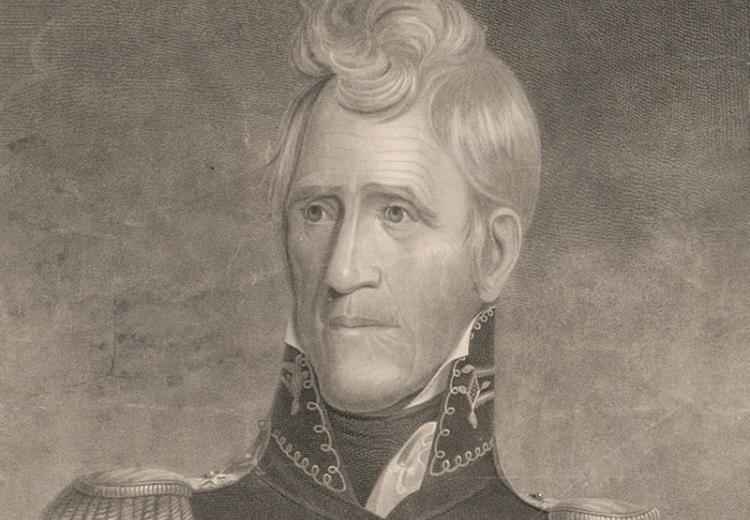Lesson 1: 1828 Campaign of Andrew Jackson: Expansion of the Voting Base

John Quincy Adams defeated Andrew Jackson in 1824 by garnering more electoral votes through the House of Representatives, even though Jackson originally received more popular and electoral votes.
Changes in voting qualifications and participation, the election of Andrew Jackson, and the formation of the Democratic Party—due largely to the organizational skills of Martin Van Buren—all contributed to making the election of 1828 and Jackson's presidency a watershed in the evolution of the American political system. The campaign of 1828 was a crucial event in a period that saw the development of a two-party system akin to our modern system, presidential electioneering bearing a closer resemblance to modern political campaigning, and the strengthening of the power of the executive branch.
In this lesson, students analyze changes in voter participation and regional power, and review archival campaign documents reflecting the dawn of politics as we know it during the critical years from 1824 to 1832.
Guiding Questions
How did changes in state constitutions affect the voting population?
Learning Objectives
Interpret primary and secondary sources to show how the franchise was extended and limited in the first half of the 19th century.
Analyze the demographics of new voters to determine how they might vote.
